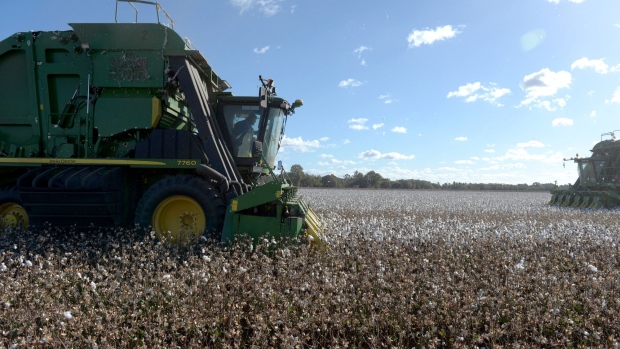Unifor welcomes emergency funding for public transit
NEWS PROVIDED BY Unifor
May 08, 2020
VANCOUVER, May 8, 2020 /CNW/ - Widespread transit worker layoffs will be averted thanks to emergency funding announced today by the federal and provincial governments, says Unifor.
"Passengers and transit workers across the country mobilized to defend public transit," said Jerry Dias, Unifor National President. "We're relieved that governments listened and answered with funding that will help avoid transit chaos during recovery from a pandemic."
Unifor led the charge for emergency funding with an online campaign (unifor.org/peopleneedtransit) and a constant lobbying effort at all levels of government. On April 25, the union held an online virtual rally to give a voice to frustrated transit workers who knew that proposed layoffs would be devastating for the commutes of frontline COVID heroes.
Today's announcement will result in the cancellation of 1,200 layoffs of Unifor members, and nearly 300 other union members in the Translink system.
"Transit operators and skilled trades maintenance staff are a lynchpin in the urban transportation network," said Gavin McGarrigle, Unifor Western Regional Director. "They're on the frontlines with other COVID heroes doing work that it is critical to the Canadian economy during this precarious time. Emergency funding announced today will help keep transit workers on the job so they can help other COVID heroes do theirs."
Unifor is Canada's largest union in the private sector, representing 315,000 workers in every major area of the economy. The union advocates for all working people and their rights, fights for equality and social justice in Canada and abroad, and strives to create progressive change for a better future.
SOURCE Unifor
Trump says jobs report isn't surprising and he's not to blame
READ THE BABBLING OF A MAD MAN IN THE WHITE HOUSE TOPSY TURVEY HE IS NOT TO BLAME AND HE STOPPED THE ECONOMY AND HE CAN TURN IT BACK ON......SERIOUSLY

President Donald Trump said a government report Friday showing massive U.S. job losses from the coronavirus outbreak isn’t a surprise and that he shouldn’t be blamed for it.
“It’s fully expected. There’s no surprise,” he said on “Fox & Friends,” where he was being interviewed as the report was released. “Somebody said, ‘Oh, look at this.’ Well, even the Democrats aren’t blaming me for that, but what I can do is I’ll bring it back.”
The Labor Department announced Friday that the U.S. lost 20.5 million jobs in April, as the nation enacted social-distancing practices that collapsed the economy.
The unemployment rate tripled to 14.7 per cent. Trump expressed confidence that employment numbers could snap back quickly, given the nature of the shutdown.
“We artificially closed it. Those jobs will all be back, and they’ll be back very soon and next year we’re going to have a phenomenal year. People are ready to go. We’ve got to get it open, safely. People are ready to go,” he said.
Trump has been criticized for responding slowly to the virus. Federal mitigation measures only ramped up in mid-March in the U.S., which now has the world’s highest confirmed case total and death toll.
Without mitigation measures that impacted the economy, such as closing businesses and schools and ordering people to stay at home, two million people or more would have died from the virus spread, Trump said.
“We were blowing away everybody. We were the envy of the world and then they came in and they explained it and they said, ‘Sir, you have to turn it off,’” Trump said Friday. “Nobody ever heard of a thing like this, but they were right.”


